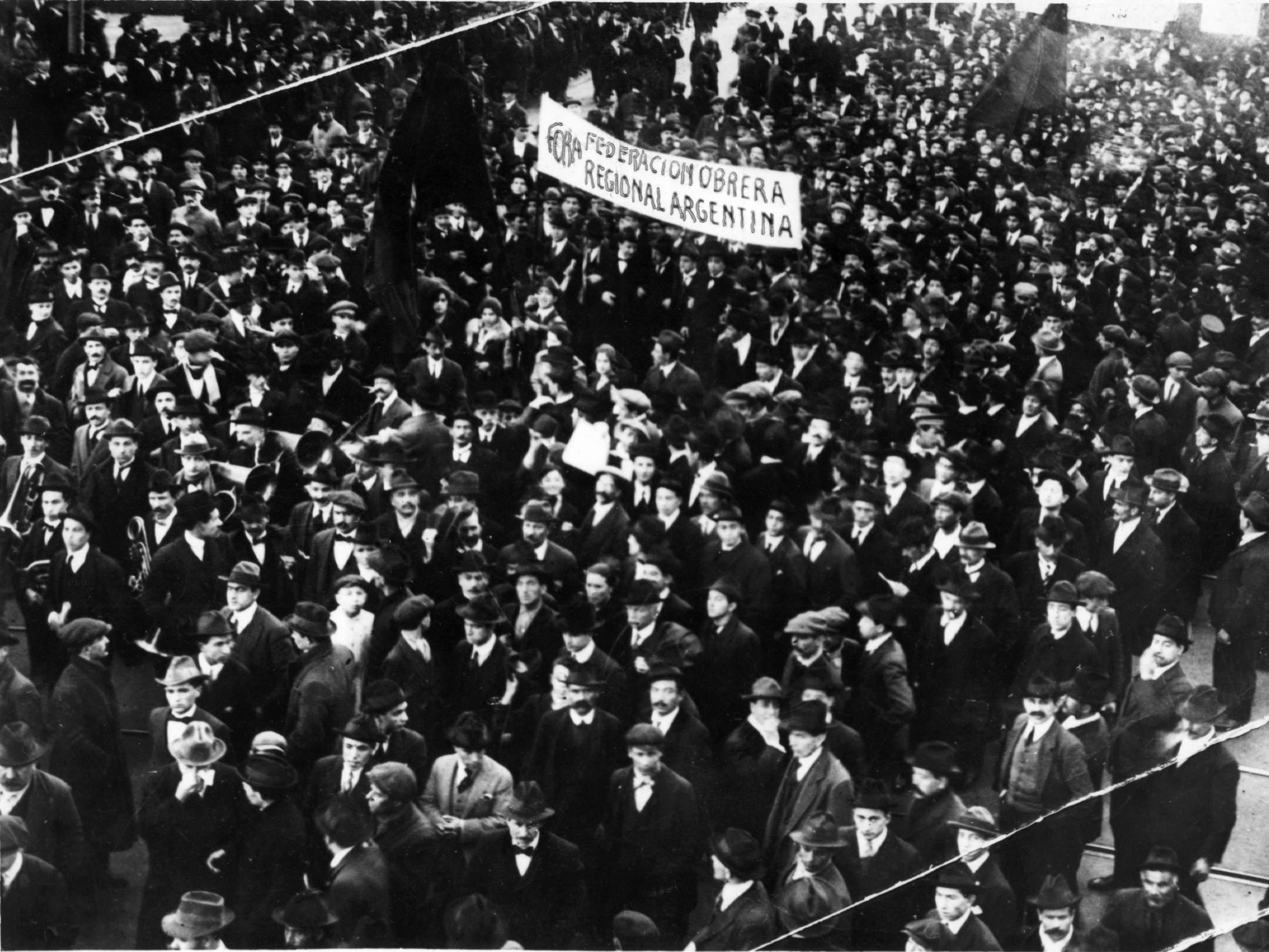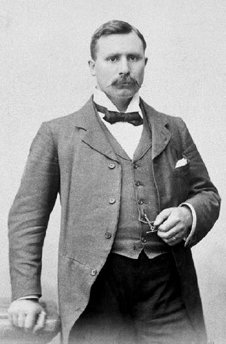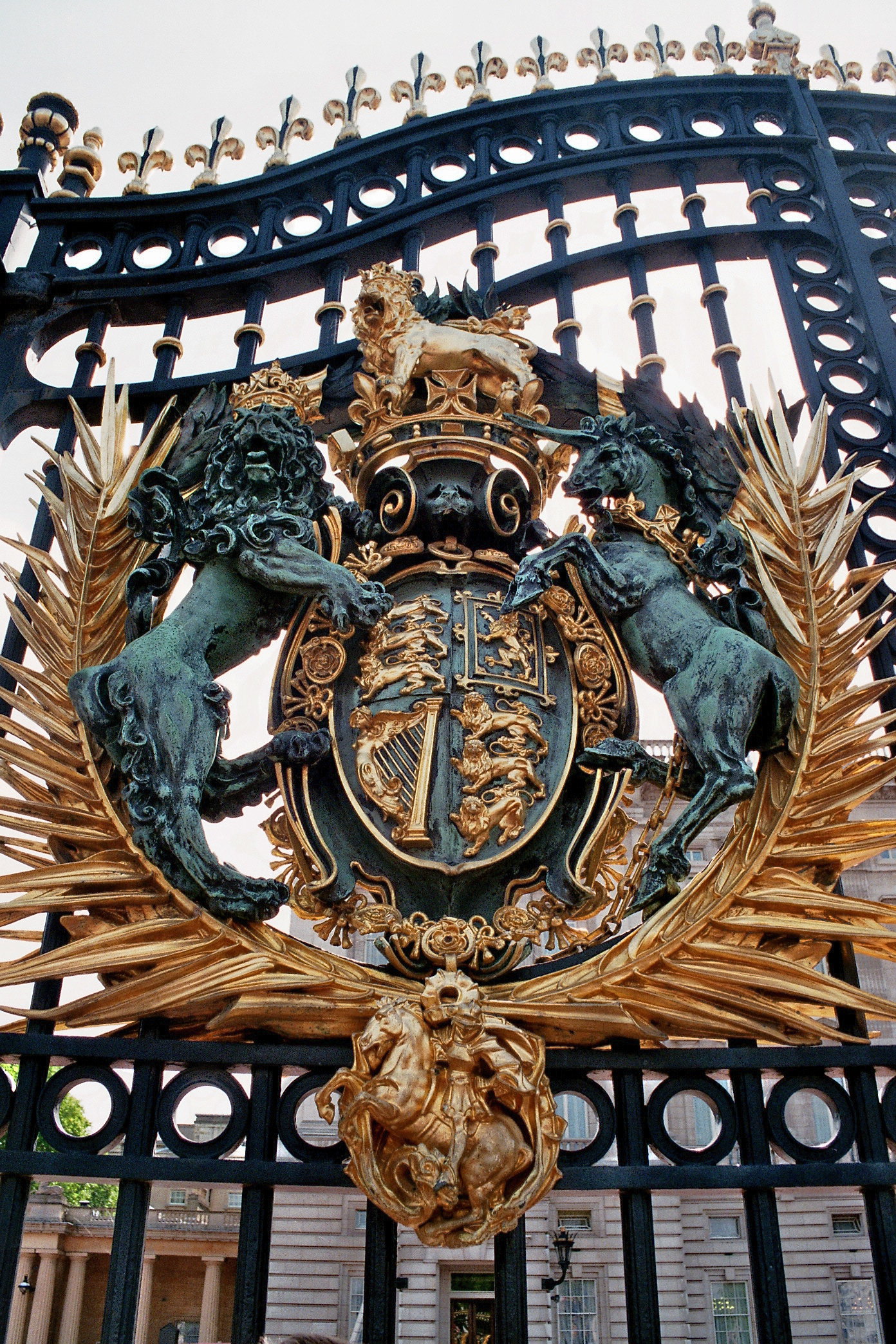|
Holborn Town Hall
Holborn Town hall is a municipal building on High Holborn, Holborn, London. It is a Grade II listed building. History The first town hall was a substantial structure on the corner of Gray's Inn Road and Clerkenwell Road which had been designed by Lewis Isaacs in an Italianate style, built by Brown & Robinson of Finsbury and completed in 1879. Following the creation of the Metropolitan Borough of Holborn in 1900, consideration was given to expanding this building but this proposal was rejected on the grounds that the old building would be difficult to adapt. After being used as a concert hall during the first half of the 20th century, it was demolished in the 1960s. Instead it was decided to extend an existing building on High Holborn which had been designed by William Rushworth in the French Renaissance style and which had opened as a public library in 1894. The design for the existing (eastern) wing had involved a narrow main frontage with four bays facing onto High Holborn; ... [...More Info...] [...Related Items...] OR: [Wikipedia] [Google] [Baidu] |
Holborn
Holborn ( or ) is a district in central London, which covers the south-eastern part of the London Borough of Camden and a part ( St Andrew Holborn Below the Bars) of the Ward of Farringdon Without in the City of London. The area has its roots in the ancient parish of Holborn, which lay on the west bank of the now buried River Fleet, taking its name from an alternative name for the river. The area is sometimes described as part of the West End of London or of the wider West London area. The River Fleet also gave its name to the streets ''Holborn'' and ''High Holborn'' which extend west from the site of the former Newgate in the London Wall, over the Fleet, through Holborn and towards Westminster. The district benefits from a central location which helps provide a strong mixed economy. The area is particularly noted for its links to the legal profession, the diamond centre at Hatton Garden and Great Ormond Street Hospital. Origins and administration Holborn emerged ... [...More Info...] [...Related Items...] OR: [Wikipedia] [Google] [Baidu] |
George Wyatt Truscott
Sir George Wyatt Truscott, 1st Baronet (9 October 1857 – 16 April 1941)"Truscott, Sir George (Wyatt)." WHO'S WHO & WHO WAS WHO. December 01, 2007. Oxford University Press. was a British businessman and Lord Mayor of London from 1908 to 1909. Background Truscott was born in 1857, the eldest surviving son of Alderman Sir Francis Wyatt Truscott and Eliza Freeman, daughter of James Freeman. His father was Lord Mayor of London 1879–80, and a sister Louisa Truscott (d. 1933) was the wife of Sir Homewood Crawford, for many years Solicitor to the Corporation of the City of London. He was educated at private schools, and stayed for a while in Paris. He was Chairman of Brown, Knight & Truscott, Ltd, printers and stationers. He was a resident of the London suburb of Upper Norwood where his parents had also lived for many years. Civic career Truscott had a long career in the City of London. He was a Common Councilman, City of London, 1882–1895, then elected Alderman of the Dowgate ... [...More Info...] [...Related Items...] OR: [Wikipedia] [Google] [Baidu] |
Government Buildings Completed In 1894
A government is the system or group of people governing an organized community, generally a state. In the case of its broad associative definition, government normally consists of legislature, executive, and judiciary. Government is a means by which organizational policies are enforced, as well as a mechanism for determining policy. In many countries, the government has a kind of constitution, a statement of its governing principles and philosophy. While all types of organizations have governance, the term ''government'' is often used more specifically to refer to the approximately 200 independent national governments and subsidiary organizations. The major types of political systems in the modern era are democracies, monarchies, and authoritarian and totalitarian regimes. Historically prevalent forms of government include monarchy, aristocracy, timocracy, oligarchy, democracy, theocracy, and tyranny. These forms are not always mutually exclusive, and mixed governme ... [...More Info...] [...Related Items...] OR: [Wikipedia] [Google] [Baidu] |
London Borough Of Camden
The London Borough of Camden () is a London borough in Inner London. Camden Town Hall, on Euston Road, lies north of Charing Cross. The borough was established on 1 April 1965 from the area of the former boroughs of Hampstead, Holborn, and St Pancras—which together, prior to that date, had comprised part of the historic County of London. The cultural and commercial land uses in the south contrast with the bustling mixed-use districts such as Camden Town and Kentish Town in the centre and leafy residential areas around Hampstead Heath in the north. Well known attractions include The British Museum, The British Library, the famous views from Parliament Hill, the London Zoo, the BT Tower, The Roundhouse and Camden Market. In 2019 it was estimated to have a population of 270,000. The local authority is Camden London Borough Council. History The borough was created in 1965 from the areas of the former metropolitan boroughs of Hampstead, Holborn, and St Pancras, w ... [...More Info...] [...Related Items...] OR: [Wikipedia] [Google] [Baidu] |
Salute The Soldier Week
Salute the Soldier Weeks were British National savings campaigns during the Second World War, with the aim of British Army equipment being sponsored by a civil community. The Royal Air Force equivalent was Wings for Victory Week and the Royal Navy equivalent was Warship Week. Campaign Each county was set a target of money to raise and local civic leaders were presented with plaques as a reward for the fund raising efforts. The government had an initial campaign launched in September 1940 known as War Weapons Weeks – which was a drive to replace the materiel lost at Dunkirk. The amount realised in the weeks specifically designated War Weapons Weeks was £456,861,000, equivalent to about £ in . Warship Week was launched in October 1941, and in summer 1942, the government had a smaller campaign for British Army equipment known as Tanks for Attack: the amount realized from this campaign was not separately recorded. The following year was the RAF's turn and Wings for Victory Week wa ... [...More Info...] [...Related Items...] OR: [Wikipedia] [Google] [Baidu] |
Wings For Victory Week
Wings for Victory Weeks were British National savings campaigns during the Second World War, with the aim of Royal Air Force aircraft being sponsored by a civil community. The British Army equivalent was Salute the Soldier Week and the Royal Navy equivalent was Warship Week. Campaign Each county was set a target of money to raise and local civic leaders were presented with plaques as a reward for the fund raising efforts. A large military event was held at Trafalgar Square Trafalgar Square ( ) is a public square in the City of Westminster, Central London, laid out in the early 19th century around the area formerly known as Charing Cross. At its centre is a high column bearing a statue of Admiral Nelson commemo ... in London in March 1943 to raise money for the Wings for Victory campaign. The amount realised in the weeks specifically designated Wings for Victory Weeks was £615,946,000, equivalent to about £ in . References {{reflist Royal Air Force Awareness weeks Un ... [...More Info...] [...Related Items...] OR: [Wikipedia] [Google] [Baidu] |
De La Rue
De La Rue plc (, ) is a British company headquartered in Basingstoke, England, that designs and produces banknotes, secure polymer substrate and banknote security features (including security holograms, security threads and security printed products) for central banks and currency issuing authorities. It is listed on the London Stock Exchange. History The company was founded by Thomas de la Rue, who moved from Guernsey to London in 1821 and set up in business as a 'Leghorn' straw hat maker, then as a stationer and printer. In 1831 he secured his business a Royal Warrant to produce playing cards. In 1855 it started printing postage stamps and in 1860 banknotes. The company's first banknotes were made for Mauritius. In 1896, the family partnership was converted into a private company. In 1921, the de la Rue family sold their interests. The company was first listed on the London Stock Exchange in 1947. Then called ''Thomas De La Rue & Company, Limited'', it changed its nam ... [...More Info...] [...Related Items...] OR: [Wikipedia] [Google] [Baidu] |
Revolutionary Syndicalism And International Labour, 1913–1923
A revolutionary is a person who either participates in, or advocates a revolution. The term ''revolutionary'' can also be used as an adjective, to refer to something that has a major, sudden impact on society or on some aspect of human endeavor. Definition The term—both as a noun and adjective—is usually applied to the field of politics, but is also occasionally used in the context of science, invention or art. In politics, a revolutionary is someone who supports abrupt, rapid, and drastic change, usually replacing the status quo, while a reformist is someone who supports more gradual and incremental change, often working within the system. In that sense, revolutionaries may be considered radical, while reformists are moderate by comparison. Moments which seem revolutionary on the surface may end up reinforcing established institutions. Likewise, evidently small changes may lead to revolutionary consequences in the long term. Thus the clarity of the distinction between revol ... [...More Info...] [...Related Items...] OR: [Wikipedia] [Google] [Baidu] |
Syndicalist
Syndicalism is a revolutionary current within the left-wing of the labor movement that seeks to unionize workers according to industry and advance their demands through strikes with the eventual goal of gaining control over the means of production and the economy at large. Developed in French labor unions during the late 19th century, syndicalist movements were most predominant amongst the socialist movement during the interwar period which preceded the outbreak of World War II. Major syndicalist organizations included the General Confederation of Labor in France, the National Confederation of Labour (CNT) in Spain, the Italian Syndicalist Union (USI), the Free Workers' Union of Germany, and the Argentine Regional Workers' Federation. Although they did not regard themselves as syndicalists, the Industrial Workers of the World, the Irish Transport and General Workers' Union and the Canadian One Big Union are considered by most historians to belong to this current. A ... [...More Info...] [...Related Items...] OR: [Wikipedia] [Google] [Baidu] |
First International Syndicalist Congress
The First International Syndicalist Congress was a meeting of European and Latin American syndicalist organizations at Holborn Town Hall in London from September 27 to October 2, 1913. Upon a proposal by the Dutch National Labor Secretariat (NAS) and the British Industrial Syndicalist Education League (ISEL), most European syndicalist groups, both trade unions and advocacy groups, agreed to congregate at a meeting in London. The only exception was the biggest syndicalist organization worldwide, the French General Confederation of Labor (CGT). Nevertheless, the congress was held with organizations from twelve countries participating. It was marked by heated debate and constant disagreements over both tactics and principles. Yet, it succeeded in creating the International Syndicalist Information Bureau as a vehicle of exchange and solidarity between the various organizations and the '' Bulletin international du mouvement syndicaliste'' as a means of communication. It would be viewed ... [...More Info...] [...Related Items...] OR: [Wikipedia] [Google] [Baidu] |
Bromsgrove Guild Of Applied Arts
The Bromsgrove Guild of Applied Arts (1898–1966) was a company of modern artists and designers associated with the Arts and Crafts Movement, founded by Walter Gilbert. The guild worked in metal, wood, plaster, bronze, tapestry, glass and other mediums. The Guild received a Royal Warrant in 1908. The Guild's most famous works on public display are the main gates of Buckingham Palace and the Canada Gate both part of Sir Aston Webb's memorial scheme to Queen Victoria. Unlike many other Arts & Crafts companies that faded away after a few decades, for instance the William Morris company, the Bromsgrove Guild survived until the early 1960s. Famous works * Liver birds, Royal Liver Building, Liverpool * Trim on the * Trim on the * The statue of Hygieia at Chequers * Plasterwork at Averley, Glasgow. * Plasterwork at the Central Station Hotel, Glasgow. * Stained Glass at Stoneleigh, Glasgow. * The gates and sculpture at the Phoenix Assurance Building, Glasgow. * Trim ... [...More Info...] [...Related Items...] OR: [Wikipedia] [Google] [Baidu] |
Coat Of Arms
A coat of arms is a heraldic visual design on an escutcheon (i.e., shield), surcoat, or tabard (the latter two being outer garments). The coat of arms on an escutcheon forms the central element of the full heraldic achievement, which in its whole consists of a shield, supporters, a crest, and a motto. A coat of arms is traditionally unique to an individual person, family, state, organization, school or corporation. The term itself of 'coat of arms' describing in modern times just the heraldic design, originates from the description of the entire medieval chainmail 'surcoat' garment used in combat or preparation for the latter. Rolls of arms are collections of many coats of arms, and since the early Modern Age centuries, they have been a source of information for public showing and tracing the membership of a noble family, and therefore its genealogy across time. History Heraldic designs came into general use among European nobility in the 12th century. Systema ... [...More Info...] [...Related Items...] OR: [Wikipedia] [Google] [Baidu] |





.jpg)



